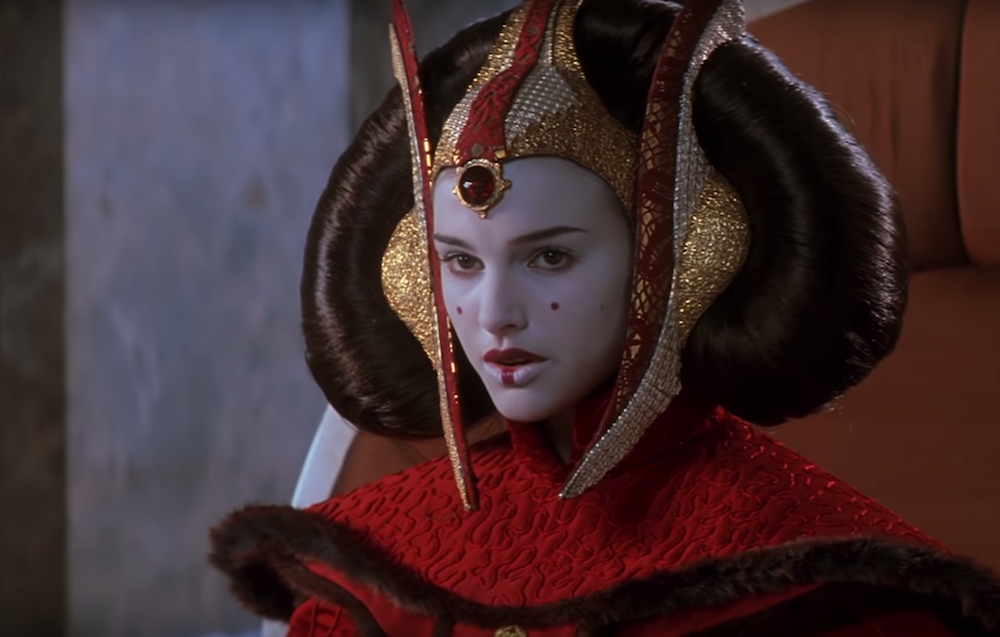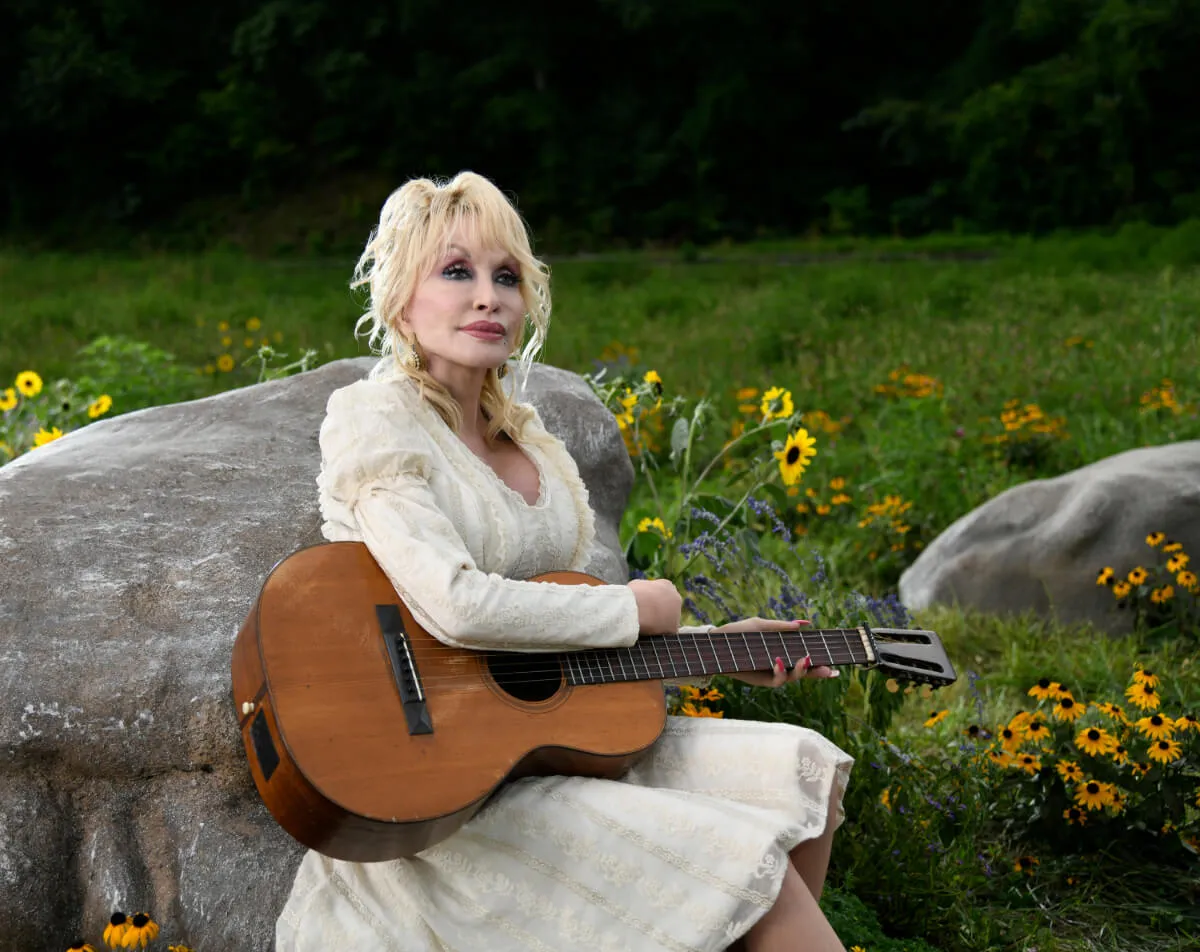Padmé Amidala Deserved Better Writing, Like What She Got Outside of The ‘Star Wars’ Films
Star Wars has touched the lives of so many people across the world. Almost every generation for the past four decades has had new films sprouting up for them to enjoy, so the age range of viewers is also pretty wide. With the Skywalker saga coming to a close in December with Episode IX — The Rise of Skywalker, there’s a lot to reflect on.
One aspect that has always stuck out is the underdevelopment of some characters, specifically a pretty major one: Padmé Amidala. Padmé is as essential to Star Wars as any Jedi or Sith Lord, yet the writing of her character leaves much to be desired.

Padmé was a strong character, but the writing didn’t capitalize on that
When Padmé is first introduced to audiences, she is Queen Amidala of her home planet of Naboo, only 15 years old but entirely in charge of her reign. She is a force to be reckoned with when she has her queen’s makeup and elaborate gowns on. And this is a perfect example of when she’s at her strongest. Queen Amidala is calling the shots, her subjects listen, and she rules with kindness. Her followers are there not out of fear of her dominion, but because they admire her and honestly believe in her mission, as seen in E.K. Johnston’s novel Queen’s Shadow.
It’s because of this courage she has as a ruler that you can see a decline in character development as the series goes on, especially when politics are involved.
As the prequels went on, her political knowledge and power became inconsequential
As mentioned above, Padmé is strongest when she’s delving into politics. From her conversations with how she rules, audiences can see that she thrives when she’s acting as Queen of Naboo or as Senator Amidala.
Being able to see this part of her is why her arc is so frustrating. Audiences have seen what Padmé can be; the role’s decline becomes increasingly apparent when taken out of that political element or when her story is thrown to the wayside. When they put that part of her on the back burner, her overall role started to seem weak. It’s more a result of poor writing and development than a character who can’t perform well in different environments.
There are two cut scenes, in particular, that add to her character
Don’t believe me? Okay, two scenes, in particular, were cut that show more of Padmé than what the finished products give fans. One takes place during Anakin and Padmé’s trip to Naboo to protect her from assassins in Episode II — Attack Of The Clones. It gives her more substance and emotion in her personal life, away from the political sphere, although you can still see her kindness and dedication to justice poking through.
Another is from Episode III — Revenge of the Sith during the pivotal scene between Padmé and Anakin on Mustafar. Instead of believing in Anakin’s goodness until the end, coming in sobbing for him to stop, she intends to kill him. She, of course, ends up not being able to because of her love for who Ani once was. But that added resolve, which Lucas cut, showed her fight for justice, which she holds so dear to her heart. Regardless of if it was a good plan or not, this proved an added depth to Padmé that George Lucas didn’t deliver on the screen.
Padmé was a plot device by the end, an object of Anakin’s affection
An example of when the writing for Padmé was well-done is in the animated series The Clone Wars. Padmé’s a worthy equal to Anakin’s character in the show and the two work — and fight — as a team. This show did wonders for all of the characters’ developments, but it displayed just how good Padmé’s writing could have been in the movies.
Padme lost all of her tenacity and mastery by the final film. There were still moments here and there, but she had essentially become a plot device in Anakin’s story. You could argue this is because it’s a saga about the Skywalkers, but she is one at this point. And the fact that the character’s depth was visible in her political scenes, where she’s in her element, as well as other points, makes this decline all the more heartbreaking for fans of the character.
Going into the final installment of this trilogy of trilogies, Star Wars has seen its fair share of excellent, rich character growth and development. Unfortunately, the movies didn’t do that for Padmé, but her impact is still felt in other parts of the canon, like her novel and Clone Wars.


